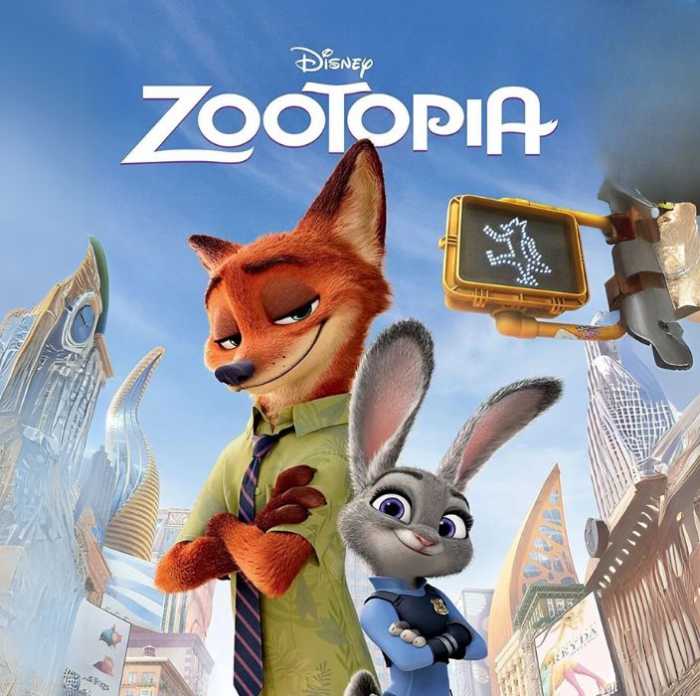The user interface for customizing Commander Shepard.
BY MICHAEL DESANTO | When we think of video games, our minds can easily go off in many different directions. We may think about iconic figures such as Super Mario, Zelda, or Laura Croft. We may think about the amount of time children spend in these virtual worlds instead of riding their bikes outside. Or we may even begin to think more deeply about gaming and how it is actually an art form.
As gaming is finally gaining recognition as an emerging consumable media, it’s also slowly gaining respect from the mass public. For someone of an older generation, there may be a cultural disconnect, a lack of understanding of why people spend hours upon hours playing or spend decent chunks of their yearly salaries on something deemed so “trivial” or “juvenile.” But this kind of critique is a fairly typical reaction to any burgeoning art form or media.
There was a time when some people ignored film and later television simply because it was stigmatized by their parents. Decades later, the Internet faced a similar reaction, with the potential of YouTube vastly underestimated. But TVs and computers are in nearly every American home, and households easily spend $100 or more a month on cable and Internet service. Now, the apprehension is focused on the newest mysterious neighbor on the block — video games.
So understand that I have grown up playing video games my entire life. Think about that statement. There are now generations of people who have never lived in a world without Game Boys, Playstations, and gaming PC’s. Gaming has penetrated our culture to such a degree that even if you don’t play yourself, there’s a very good chance you know people who do. With that in mind, we should be thinking about the need to produce content that provides positive digital representations of diverse communities. Technological advances have allowed us to expand and redefine our tools and pallet on how we “color” a game, with profound impacts on gameplay mechanics, story development, and the types of characters who exist in these universes. But though games have now become more complex, with an inherent ability to act as platforms for cultural representation, prevailing designs remain targeted overwhelmingly to a straight white male audience.
Given the exploding array of options in the market, the homogeneity is not absolute. There are games where you can play as a female protagonist, but more often than not she must be conventionally sexy in some way — whether skinny, showing cleavage, or wearing short-shorts even in dangerous situations. You can play as an anthropomorphized hedgehog, bandicoot, or gorilla but often enough they are on a clichéd quest to save their girlfriend. Playable characters of color in video games are almost nonexistent and the few I have come across are stereotyped as having a criminal history — as in “The Walking Dead” and “The Grand Theft Auto” series.
The gaming industry is clearly behind the curve on “otherness,” and as a queer white male in my mid-20s I can’t think of a single game where you can play a full-on LGBT character. For me, that’s sad — not only because it makes me feel invisible in a culture that has always felt so much like home to me, but because there are players out there who are limited in experiencing what I like to refer to as “digital drag.” Through the use of an avatar acting as a virtual extension of the self, players can experience otherness, by immersing themselves in a digital space that could challenge their self-identification of race, gender, and even sexual orientation. By broadening the characters portrayed, games would not only open themselves to a larger, more diverse audience, but also give players the opportunity to step outside themselves and walk a mile in someone else’s shoes.
Despite the lack of playable queerness in video games, there is a silver lining — the emerging trend of gaming developers giving players more options about just how they want to play. For example, in BioWare’s epic space opera “Mass Effect,” you play as Commander Shepard, who is fully customizable — from facial features and body mass to skin color and gender. The game also encourages players to choose their own dialogue options influencing the course of the game, which can include pursuing romantic relationships. “Mass Effect” is part of a trilogy, where the choices players make in one game carry over into the next. The first game limits Shepard’s romantic interests to heterosexual human partners or, regardless of Shepard’s gender, a feminine alien. By the second and third installments, however, Shepard can explore same-sex romantic relationships with others.
Other games that incorporate this “play how you want” model include “Fable,” “Final Fantasy XIV,” “Dragon Age,” and “Star Wars: The Old Republic,” the latter two also developed by BioWare. In “Final Fantasy XIV,” players can marry other players’ avatars of the same sex, while “Star Wars” limits players to only flirting with NPCs (non-player characters) on a specific planet.
By understanding otherness through virtualization, we have the opportunity to become more compassionate, and I believe video games can potentially be the quintessential art form for people doing so in a safe, immersive, and truly individualized way (since no two players experience or play a game the same way). I am cautiously optimistic by the developments I see happening in the types of characters and the players’ freedom to make more choices in today’s games. By developers giving players the option to fully customize how they virtually represent themselves, you no longer limit them to the traditional experiences of straight white men. Instead, a player could choose to create a black lesbian who saves the galaxy.
And how frigging cool would that be?




























